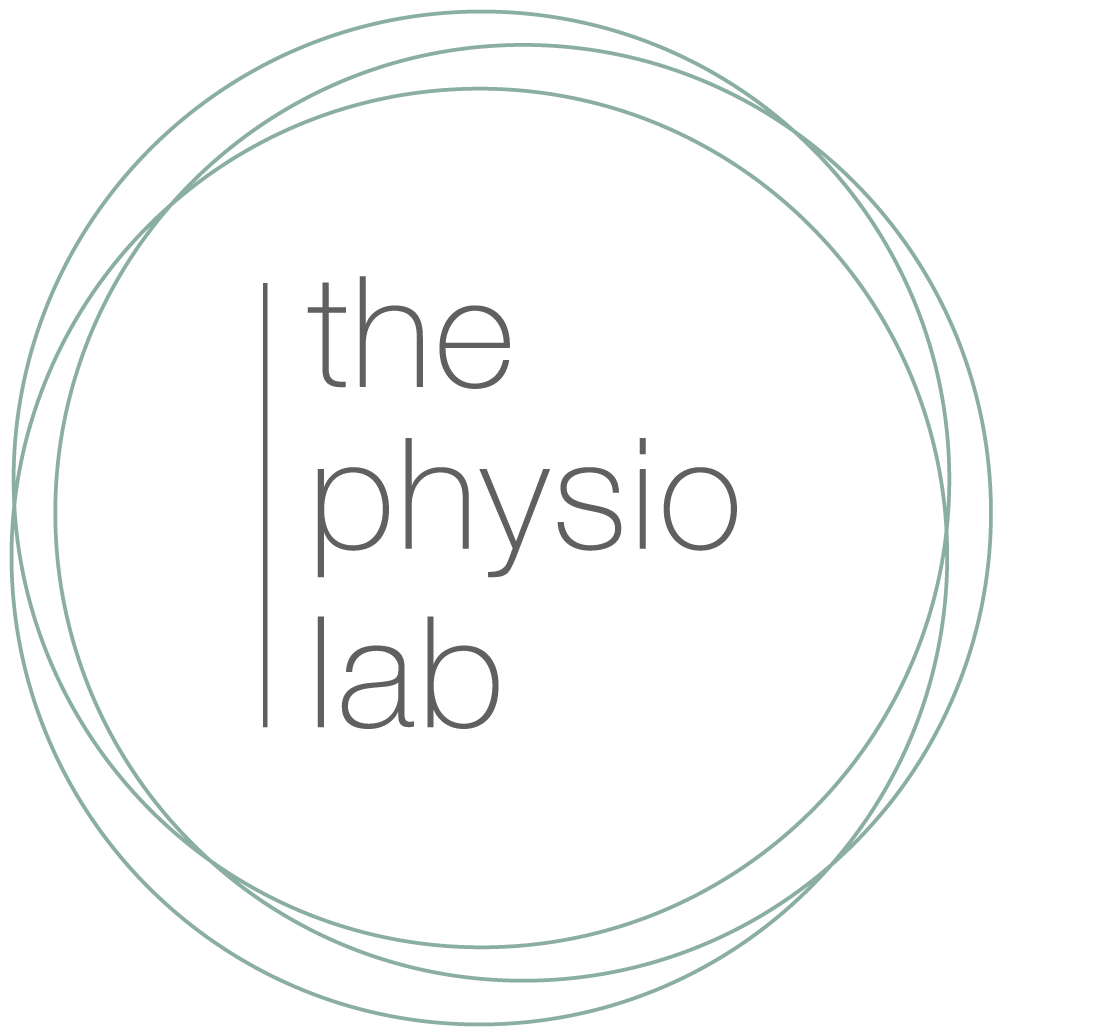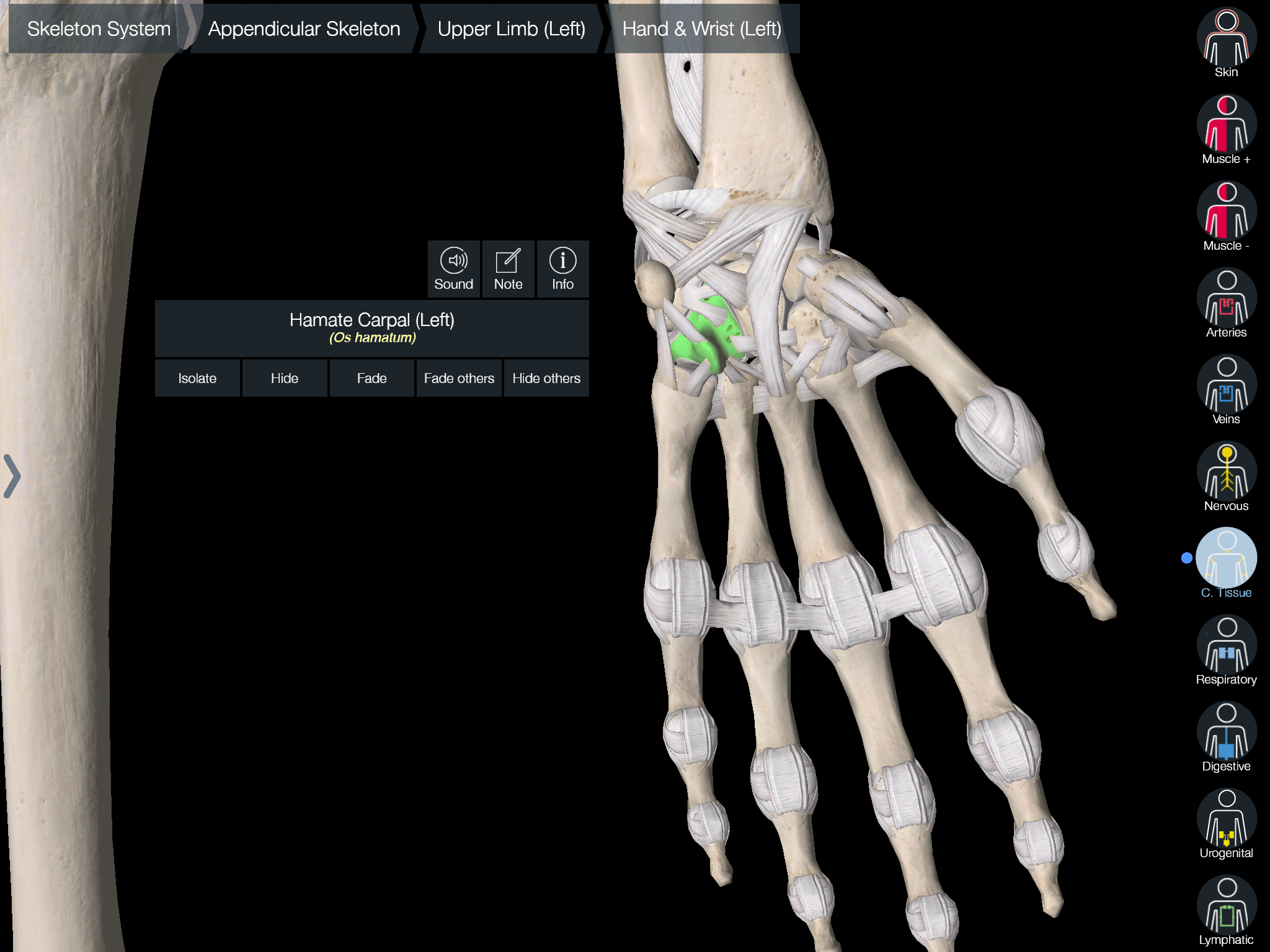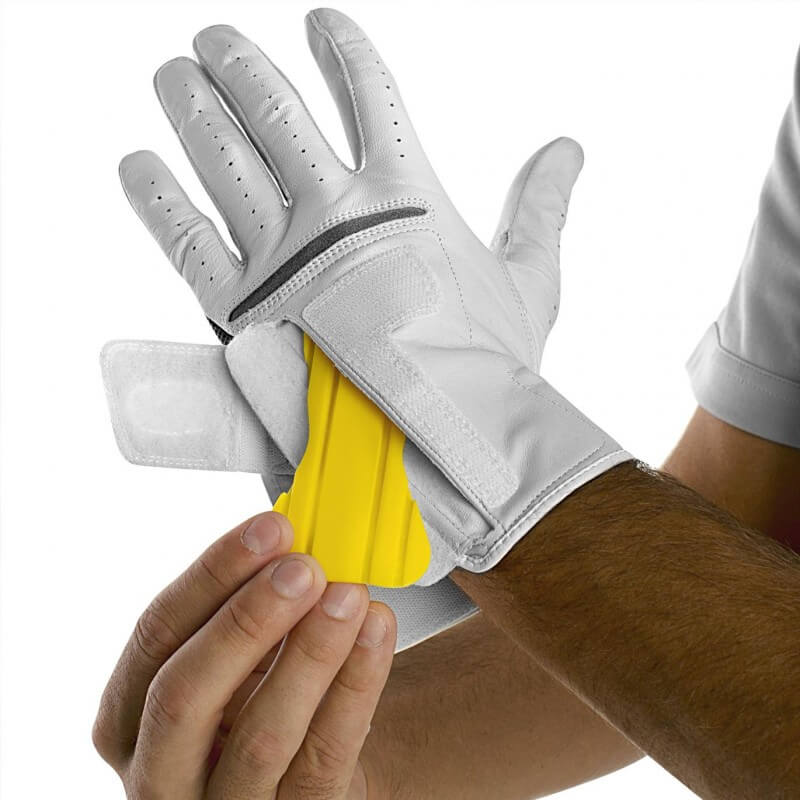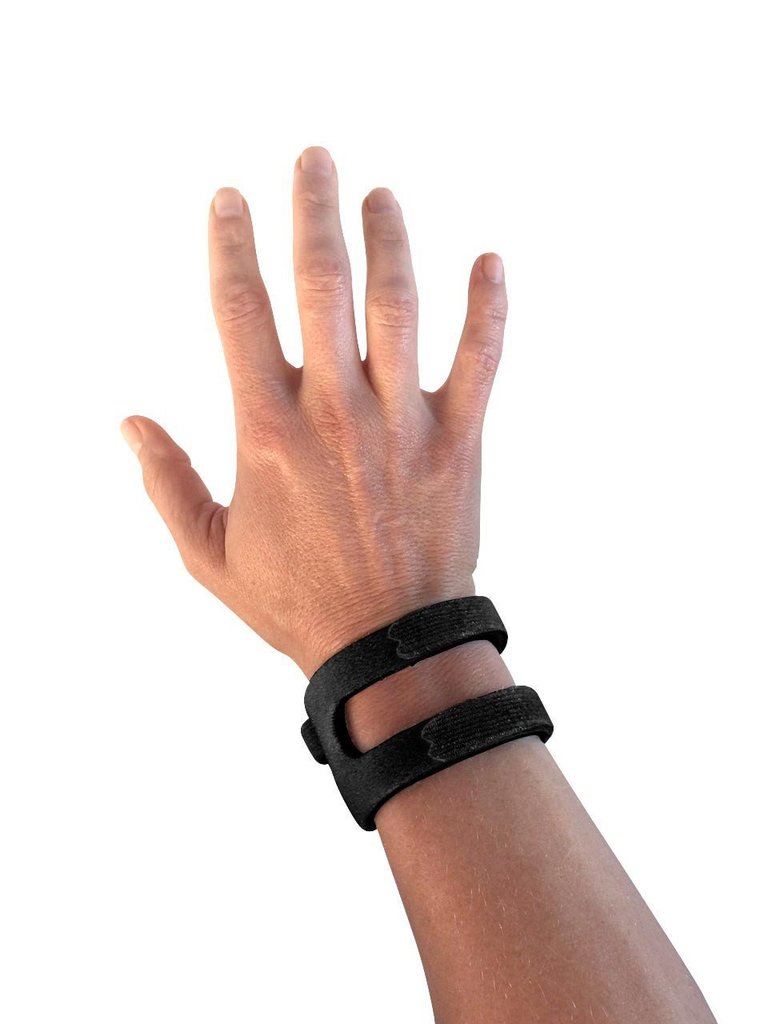“Understanding how a wrist moves in golf can prevent an injury from occurring at all.”
The wrist provides the penultimate link in the kinetic chain of the golf swing. The professional game of golf has become increasingly focused on the bodies ability to generate power and club head speed to gain an advantage. During the swing the lead side of the body is the predominate generator of this power. It is no wonder then that the lead wrist is the second most common site of injury in professional golfers (behind the lumbar spine) with an incidence as high as 30%. In this population they are commonly injured by either overuse or impact related mechanisms and occur more frequently in younger golfers with lower handicaps. This is in comparison to low back injuries which are more frequent in older players with higher handicaps. The lead wrist is where the majority of injuries occur (29-67% of all problems) and the site of injury will mostly be ulnar sided.
Worth pointing out is that in amateur, non-professional, golfers the lead elbow is the second most common injury. The causes for wrist injuries in amateurs will be a bit different to those mentioned below. Most wrist studies have been done on professional golfers and ones in amateurs are awaited.
Clinical Picture
For a great overview on clinical assessment the wrist, check out this great video “Examining the wrist: A guide for sports physicians and physiotherapists” https://www.youtube.com/watch?v=GRxY6ghU3eg
The help localise wrist pain we can generally group symptoms into 3 distinct locations; Ulnar-sided (along the little finger side), Radial-sided (along the thumb side) and Dorsal (back of the wrist) pain. Common conditions seen at these sites include:
Ulnar wrist pain:
Extensor carpi-ulnaris (ECU) subluxation or instability
ECU tenosynovitis
Triangular fibrocartilage complex (TFCC) injury
‘Fat shot’ pain
Radial wrist pain:
De-Quervains tenosynovitis
Intersection syndrome
1st Carpometacarpal (CMC) joint injury
Hamate fractures
Carpal Tunnel syndrome (CTS)
Dorsal wrist pain:
Ganglia
Extensor synovitis
(image courtesy of 3D4 Medical Images: Essential Anatomy)
Wrist Biomechanics DURING the golf swing
During the swing the lead wrist will begin in an ulna-deviated position and move into maximal radial deviation at the top of the back swing. As the swing commences the wrist rapidly moved back into ulna-deviation by impact. One explanation for why a lower-handicapped golfer will experience lead wrist pain more commonly is through the process of "playing through the ball" (Hawkes et al, 2013). The trail wrist follows a completely different motion, beginning in neutral and moving into maximal extension at the top of the back swing and returning to neutral at impact.
Understanding the different wrist movements can help understand injury patterns in golfers and the mechanisms that can help manage them.
Causes of wrist pain
Can be both acute or chronic in nature. Injuries are often the result of:
Hitting off hard surfaces (such as mats or hard grounds) can create an inflammatory reaction within the tendons, commonly ECU
‘Fat shot’ (where too much of the turf is taken while playing a shot) will increase compression of the TFCC and can result in injury
Hitting immovable objects such as tree roots or rocks. This is the most common way to sublux the ECU tendon from its sheath in the lead wrist and generally requires surgical management
Biomechanics:
Extreme wrist angles at top of back swing and again at impact can be overload tendons and ligaments resulting in inflammation or injury
Kinetic chain problems. The presence of swing faults (such as those listed below) can often lead to an overload and/or excessive motion at the wrist that can result in chronic or overuse symptoms
Grip - strong (closed) vs neutral vs weak (open). A good swing will start with a good grip so it is best to discuss your grip technique with you golf coach as different grips will serve different purposes. A rule of thumb (pun intended!) is that a weaker grip will result in more injuries to the wrist due to the excessive motion that is associated with it.
What SWING FAULTS cause the wrist to be the site of injury?
TFCC injuries from excessive ulnar deviation can be the result of early extension and the golf club becoming more vertical during the down swing. Excessive ulnar deviation can also occur from having a weak grip
Fractured hamate can arise from club position and having an increased palmar grip. In combination with hitting an immovable object or fat shot the hamate is vulnerable to fracture through the neck
Scooping, Casting and Chicken Winging all increase wrist stress through creating excessive, unwanted, radial and ulnar deviated motion
1st CMC degeneration and radial tendon injuries can arise from having a long thumb position (along the club) combined with a weak grip. This can place increased tension on the EPL and APB tendons resulting in De Quervains or Intersection syndromes and/or increased joint stress.
Treating wrist pain
Seeking an opinion from a Sports Physiotherapist or Sports Physician is a good first place to start. These specialists can assess the anatomy and movements of your wrist to determine what is causing the pain. MRI, xray and ultrasound imaging may be requested to determine the extent of injury that has occurred and to confirm a diagnosis.
Once the problem has been identified physiotherapy management may address joint and soft tissue mobility issues with some manual treatment (soft tissues releases and joint mobilisation) and taping (to limit unwanted movements). This is followed by prescribing an appropriate strengthening exercise program that can improve grip and general upper limb strength. Exercises can be varied (and should be specific to the injury) but the following youtube link demonstrates some simple strengthening exercises using resistance bands and a golf club for weight are a good place to start.
Several training aides exist that can be useful to help manage wrist related injuries. It is important to note that these aides should be used under guidance from your physio, doctor or golf coach as incorrect or excessive use can cause further damage and injury.
Specific splints include:
A dorsal blocking splint can be used during training to prevent excessive wrist extension (such as SKLZ Smart Glove).
A wrist widget is a very useful and effective splint that can alleviate ulna sided wrist pain due to excessive ulnar deviation or TFCC injury. These can be worn whilst playing and are generally used until symptoms have resolved.
A swing correction tool can be used to help set the correct hinge position at the top of the back swing. While not useful during a round of golf, it can be incorporated into range sessions to gain a feel for where excessive unwanted movement occurs during the swing. This then can train and prevent certain movement patterns at the wrist that result in injury.
Wrist injuries can be serious and are devastating to a golfer and their game. As most of these injuries are overuse in nature prevention is the best cure. If you begin to feel symptoms of pain, swelling or weakness get it assessed early and you will limit your time spent off the course.
Hawkes R, O'Connor P, Campbell D. The prevalence, variety and impact of wrist problems in elite professional golfers on the European Tour. BJSM 2013;47:1075-1079.
Campbell D, Campbell R, O'Connor P, et al. Sports-related extensor carpi ulnaris pathology: a review of functional anatomy, sports injury and management. BJSM 2013;47:1105-1111.
O'Connor PJ, Campbell R, Bharath AK, et al. Pictorial review of wrist injuries in the elite golfer. BJSM Sep 2016, 50 (17) 1053-1063.







